Bryn Morgan has spent all his working life at sea, but until now he had never had a boat of his own. For many years he had his eye on an 18′ Plymouth Pilot, a fiberglass production boat with lines based on a 1930s pilot vessel that operated out of Teignmouth in Devon, on the south coast of England. But when his son-in-law, Adrian St. Aubyn, a Venezuelan with Cornish ancestry, enrolled at the Lyme Regis Boat Building Academy in 2015, he realized there might be a better opportunity.Six years earlier, another student at the Academy, Alasdair Grant, had built STEADFAST, a 16′5″ version of a 15′3″ Beer Beach boat called WILD DUCK. Beer is a village located in the middle of the Lyme Bay coast, and the boats built there had evolved over many years and came in various shapes and sizes, all seaworthy enough to cope with the exposed coastline of south Devon and durable enough to be hauled up the steep, heavily pebbled beach there. WILD DUCK was built in 1963 for crabbing and bareboat charter, and she was still on Beer Beach when Alasdair and his classmates took the lines off her.When Bryn saw photographs of STEADFAST, he fell in love with her and started talking to Adrian about building something similar while he was at the Academy. Bryn wanted something bigger than WILD DUCK, around 21′ but the administrators were concerned that would be too big to complete in the time available. They settled on 19′ with a raised foredeck and wheelhouse, agreeing that STEADFAST’s lines were a perfect starting point.
Join The Conversation
We welcome your comments about this article. If you’d like to include a photo or a video with your comment, please email the file or link.
Comments (4)
Leave a Reply
Stay On Course

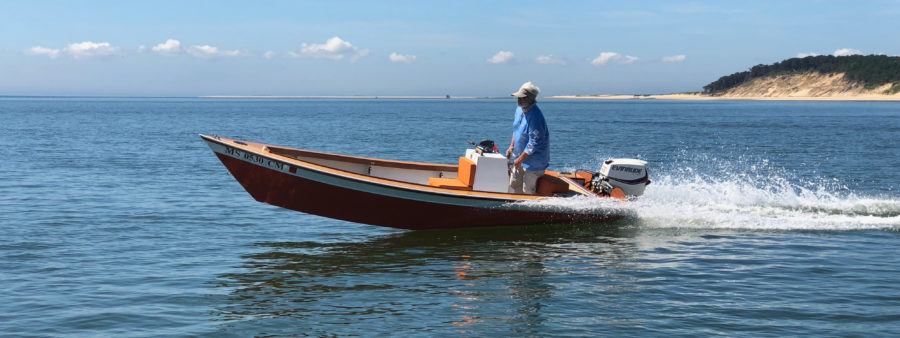
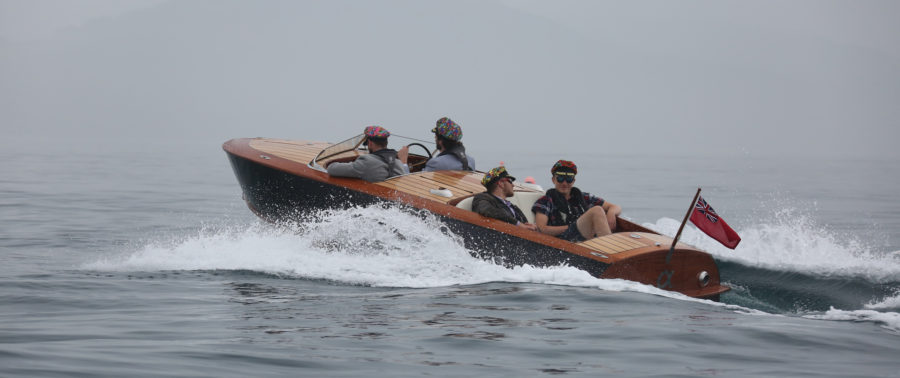
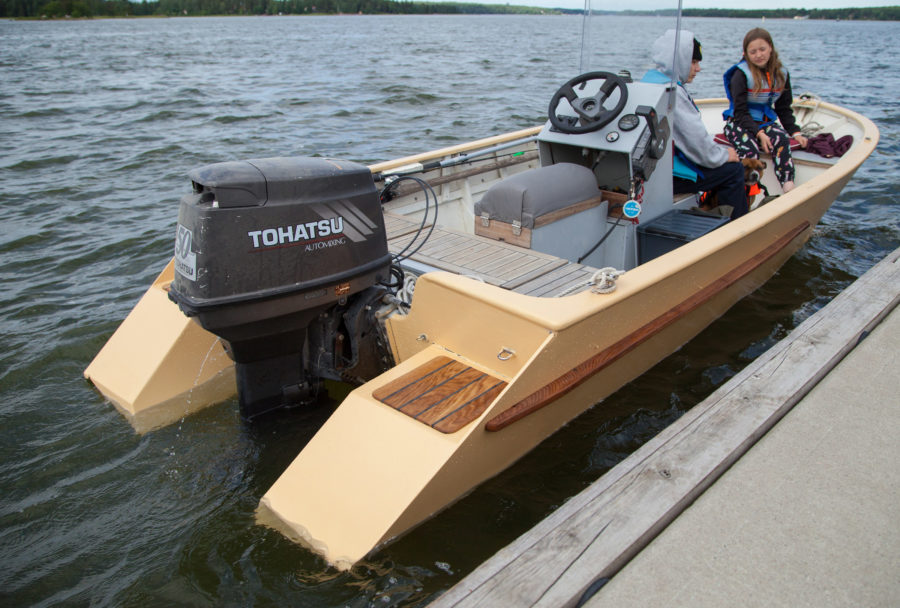
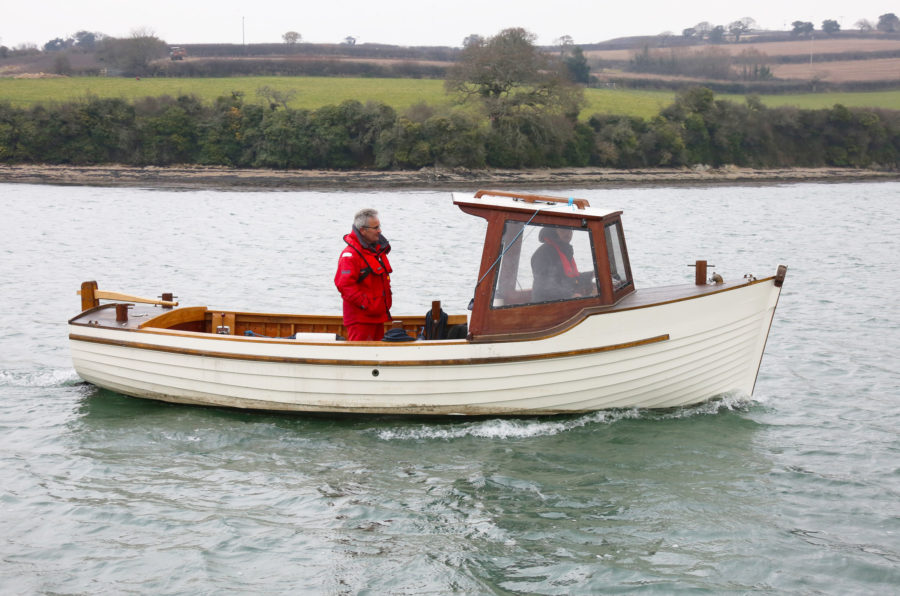
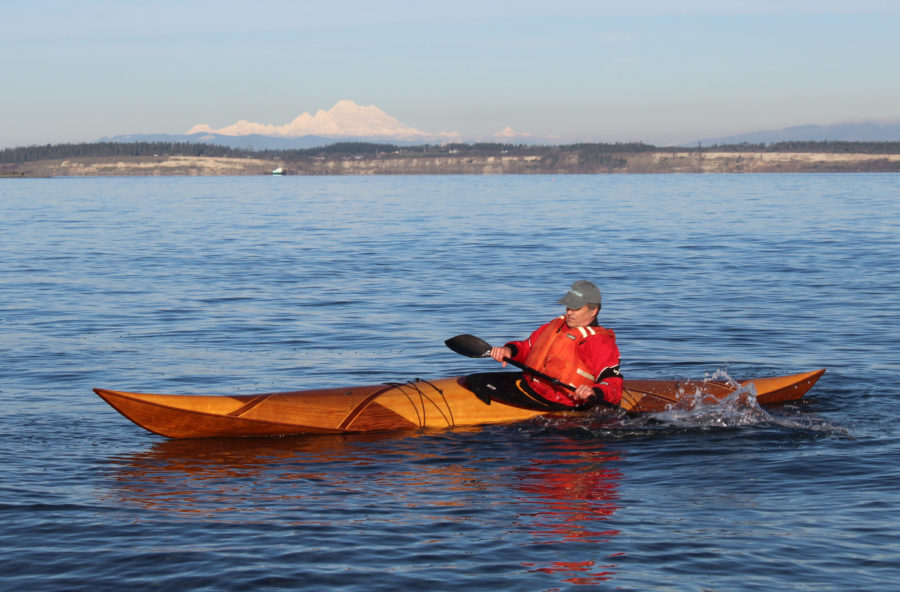
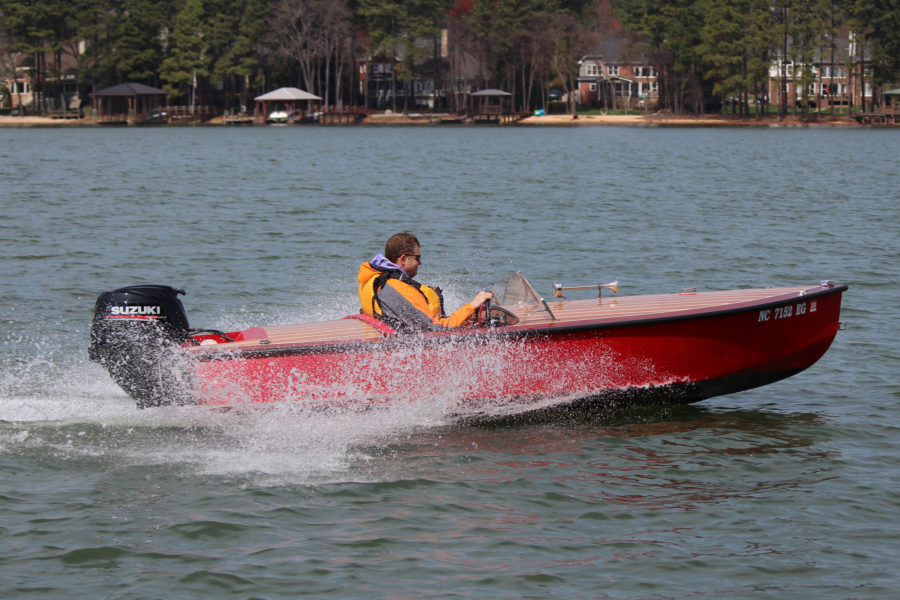
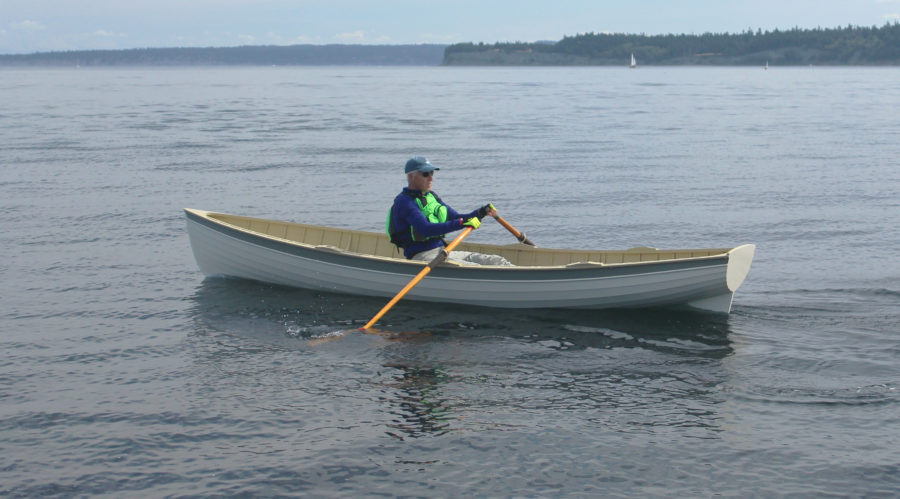
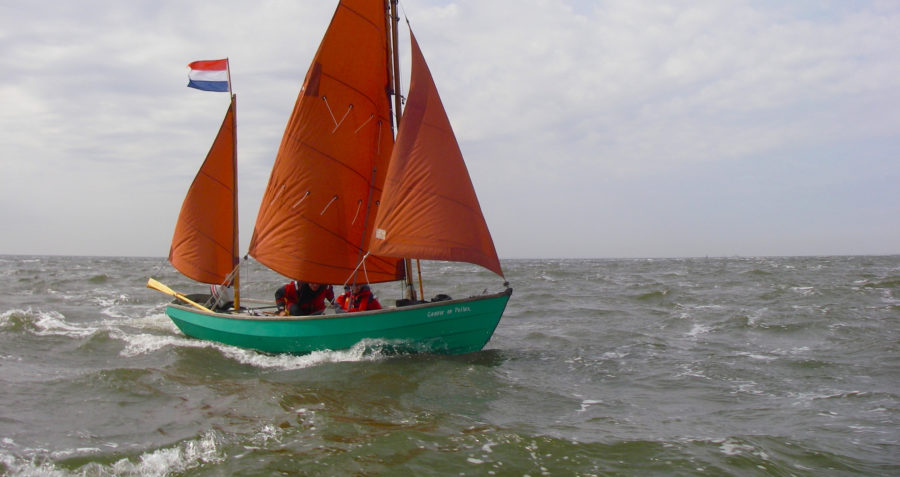
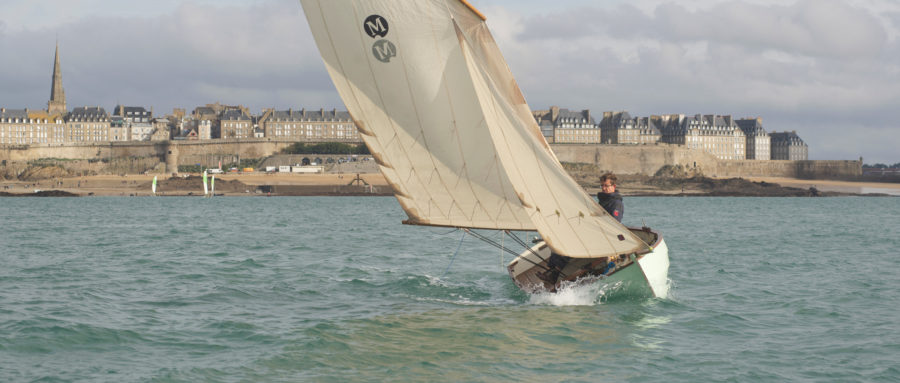
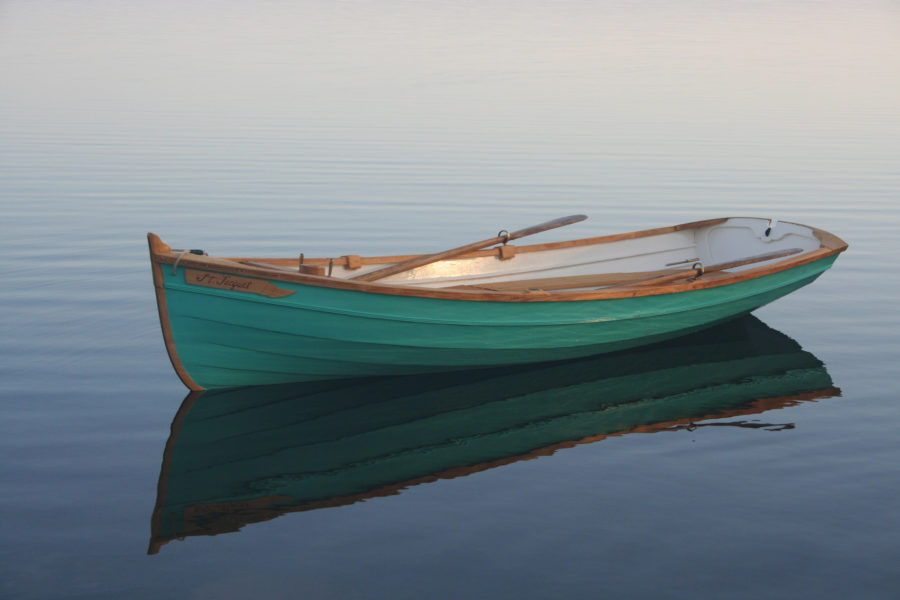
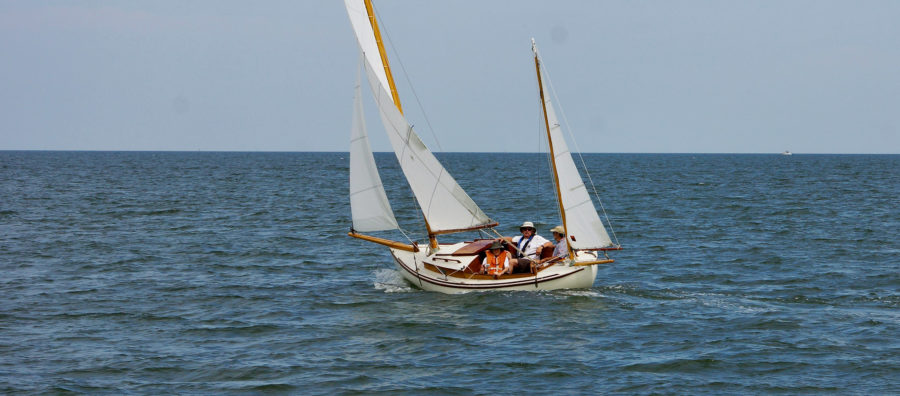
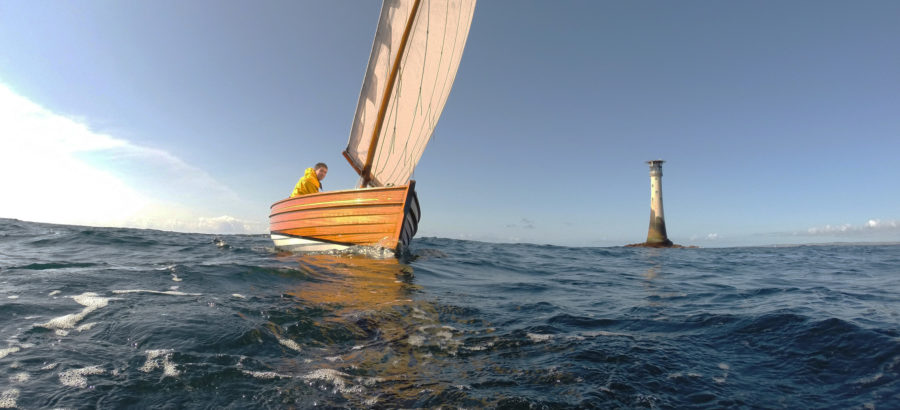
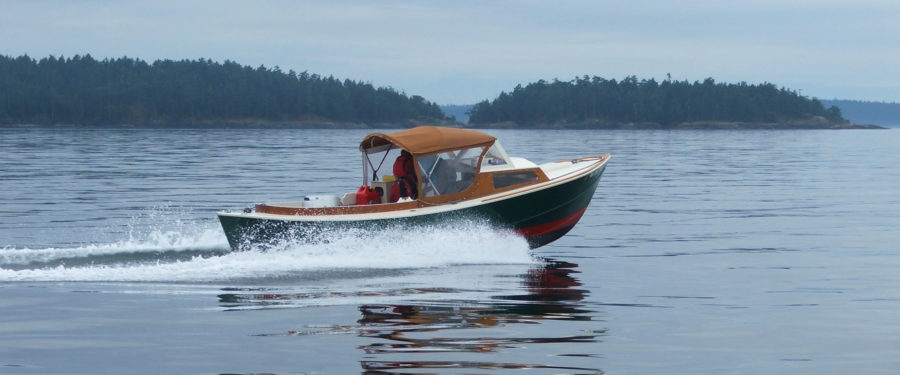

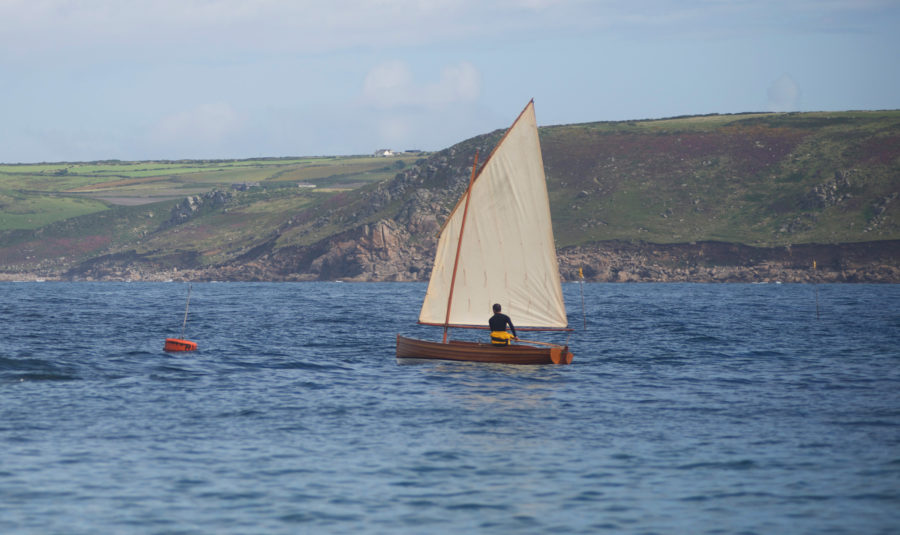
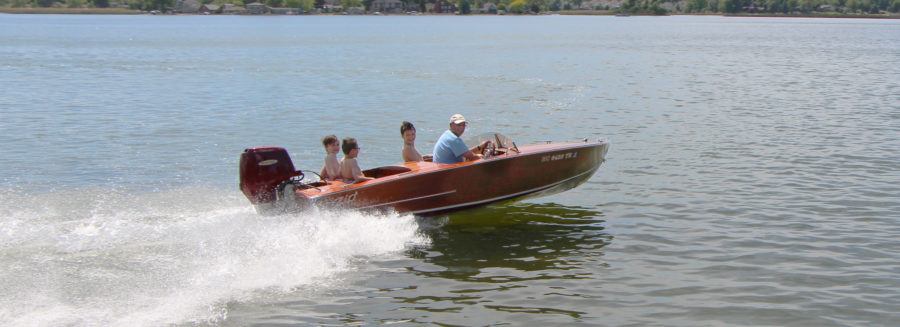
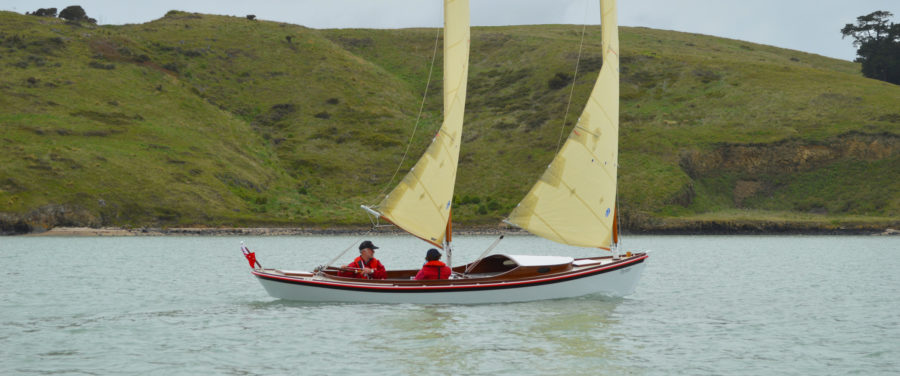
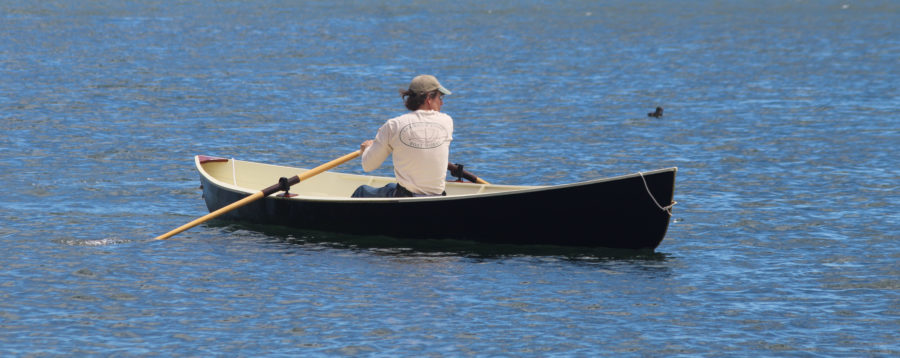
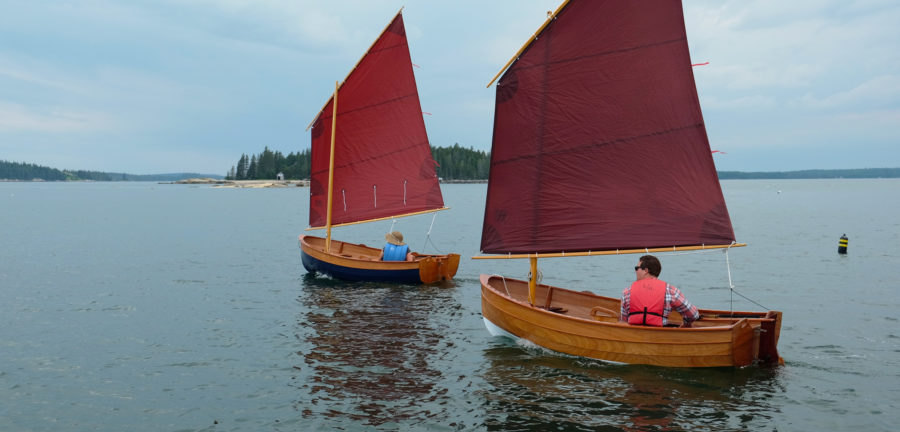
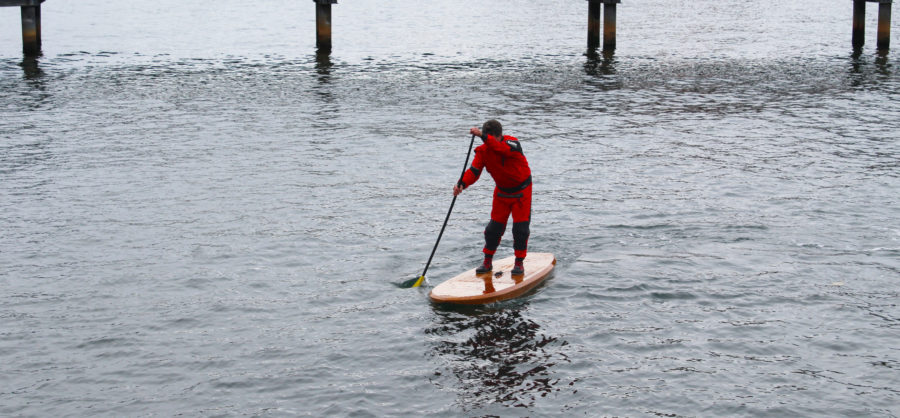
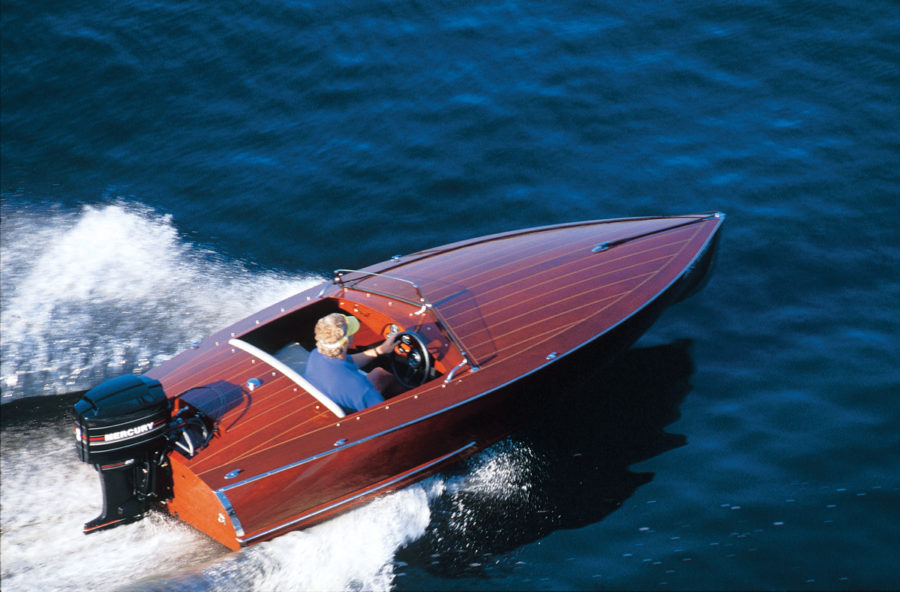
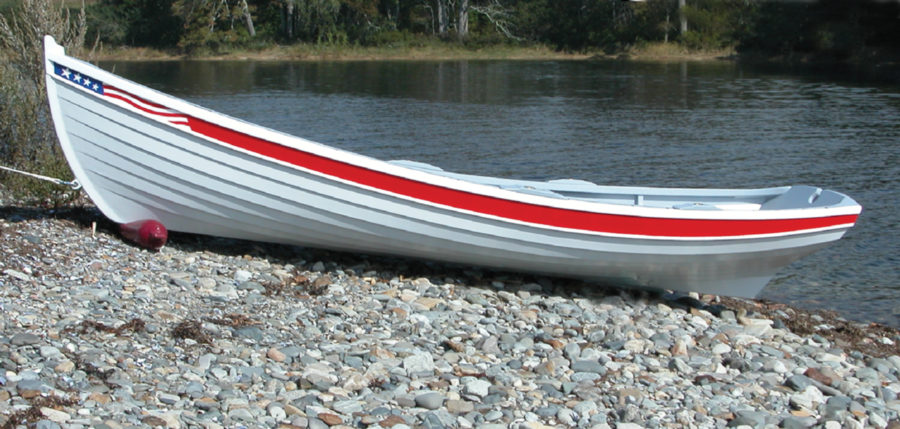
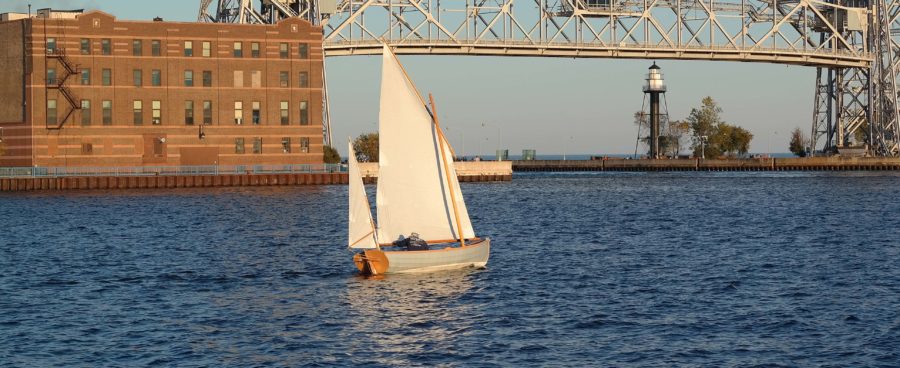
I am smitten. What lovely things adorn the waters, and this is one of them for certain…wow, just wow!
Oh boy, that would be a fun project – no stitch and glue on that baby. I can see me in that little wheelhouse with a cuppa joe out trolling Buzzards Bay, line off stern waiting for a striper hit.
Cracker
Sweet!